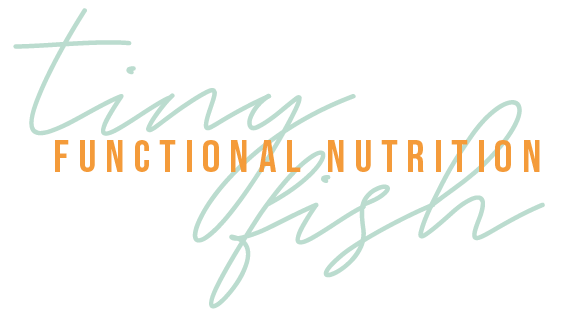10 Alignment Tips For Downward Dog
1. Hands should be shoulder distance apart.
Spread your fingers wide. Use the whole surface area of your hands including your five finger pads and emphasise pressing the index and thumb pads into the mat. Pushing the mat or floor away from you.
2. Feet are hip distance apart.
Glance back and check your feet are hip distance apart.
3. Activate your arms.
As you press down through your wrists, draw back up to activate your arms which will slightly rotate your forearms inwards, towards each other.
4. Upper arms externally rotate.
I know this may sound a bit tricky to internally rotate the forearms and externally rotate the upper arms, but anatomically, the arms can do this. It’s a fairly subtle movement but this will also keep your shoulders away from your ears, giving more space in the neck.
5. Neck and head continue along the same line as the spine.
The spine is one of the most important alignment actions in yoga asana practice. You'll often hear "lengthen the spine" as an alignment cue. It’s super important to be aware of where your head and neck are in any yoga pose, and downward dog is no exception. The neck is part of the spine, so it should follow the same natural line.
For textbook alignment, the head should be between the upper arms—but of course, exact placement of the neck will depend on your specific anatomy. The key thing to be mindful of is that you’re not letting the head just ‘hang,’ or crunching the neck.
6. Firm shoulder blades and broaden across the upper back.
Loads of yogis scrunch up through the tops of the shoulders and around the neck in this pose, which can create even more tension and make it really uncomfortable.
By firming the shoulder blades and feeling them draw down towards the tailbone and broadening across the upper back, you can provide space as well as stability in your pose. Again feel as though you are pushing the floor away from you to create that space in the upper back and shoulders.
7. Engage the lower abdominals by drawing the navel in towards the spine.
A strong core is key and can help take some the pressure off of the shoulders and wrists, and shift it back into the legs. Draw the lower ribs in and keep this core activation going throughout the pose. This is will really help.
8. Bend knees a little (or a lot) and send the tailbone up and back.
Feel the difference this makes in your spine. If you have tight hamstrings, for the sake of your back you are far better to practice this pose with bent knees rather than force the heels down and compromise length in the spine.
Let your focus be spine first, heels down second.
9. Inner thighs rotate inwards as you firm the outer thighs.
If you do this you'll notice how much easier it becomes to lift the tailbone up and back and press the heels down.
10. Straighten legs without changing the shape in the spine or pelvis.
Once you’ve reached this point, you can start to press the heels back and lengthen in the hamstrings.
Maybe they reach the floor, maybe they don’t. But one of the benefits of this pose is lengthening out through the legs, but I find that if you focus on the spine alignment first then eventually you'll achieve that lengthening in the legs as well. So prioritising the heels down as the last step.
When the muscles in the backs of the legs are ready to lengthen, they’ll lengthen. Breathe....
These are just general tips. Please always be kind and mindful to your body and most importantly LISTEN to your body. If you have injuries then you can always modify.


